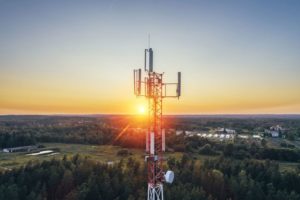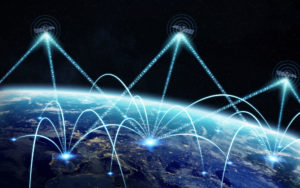5G is often referred to as the successor to 4G. This is only true for a part of the 5G spectrum. 5G is divided into three categories that are relevant for different application scenarios. However, these are often all commonly communicated under the term 5G.
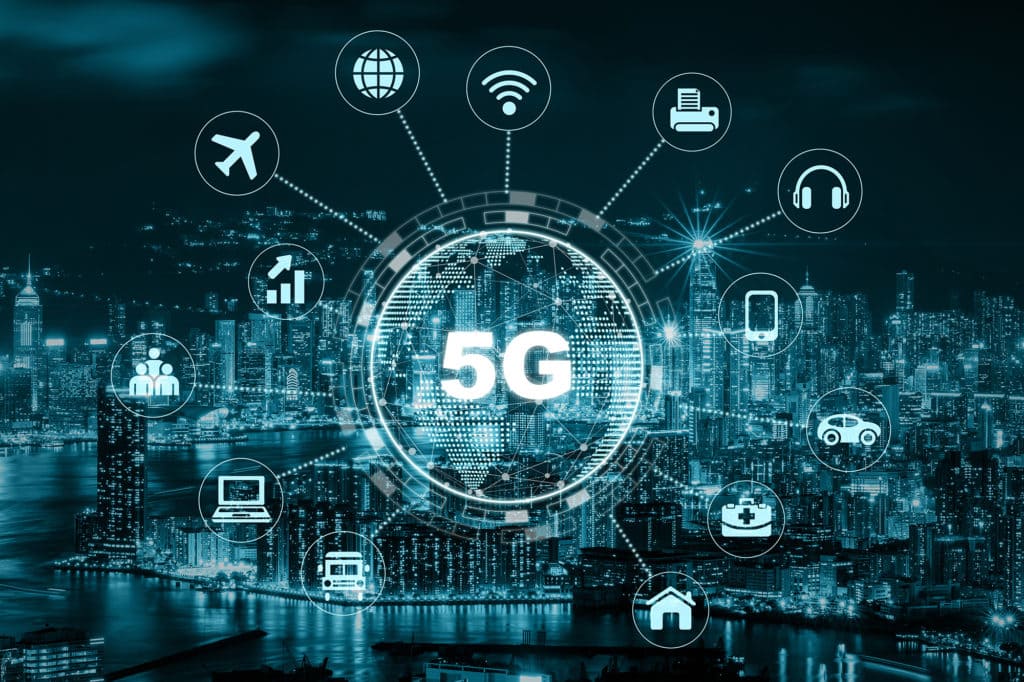
5G combines different networks and technologies. These are optimized to provide different application areas as best as possible – from huge bandwidths to fast, reliable response and energy-saving applications. One should be aware, that 5G is not a silver bullet for all problems. A large band width and real-time video transmission with a battery life of several years is utopian even with 5G.
In this respect, regardless of the used technology and network, it is still essential to define the application precisely in advance. The basic question of when which data in which resolution and with which reliability are required are significant before the technical specification is made.
3 Categories of 5G

- eMBB – enhanced Mobile Broad Band
This concerns the speed and band widths of > 10 Gb/s. This is mostly pertained to in the area of consumer electronic and the reporting to the end customer. The dream of smartphones that download and stream 4k videos within a very short time. Virtual reality and artificial intelligence applications are also part of this spectrum due to the enormous amount of data. This area can therefore be seen as a continuation of 4G.
In the Internet of Things, small amounts of data are often required, and in addition, ultra-low power or energy-saving applications are desired. eMBB is not designed for this.
- mMTC – massive Machine Type Communication
With mMTC, the focus is on durability and the associated energy-saving mode of operation. The applications in the field should achieve an operation time of up to 10 years. The transmission rate is limited (~ 1 MB/s), which is completely sufficient for many Internet of Things applications. For example, with a water or electricity meter it is sufficient to transmit the measured values every few hours during normal operation. With compression, the amount of data is also kept low. First versions of mMTC are LTE-Cat-M1 or NB-IoT.
In Austria, the providers are already providing networks and Microtronics is running its first test projects with customers in the field.
- URLLC – Ultra Reliable Low Latency Communication
As the name implies, URLLC is about highly reliable communication with low latency. In other words, applications that must not fail and at the same time enable very short response times. The delay is in the range of 1ms. In this area, future-oriented topics such as autonomous driving are placed. But also, the possibility to have surgical interventions performed by experts and specialists from a distance could became reality with URLLC.
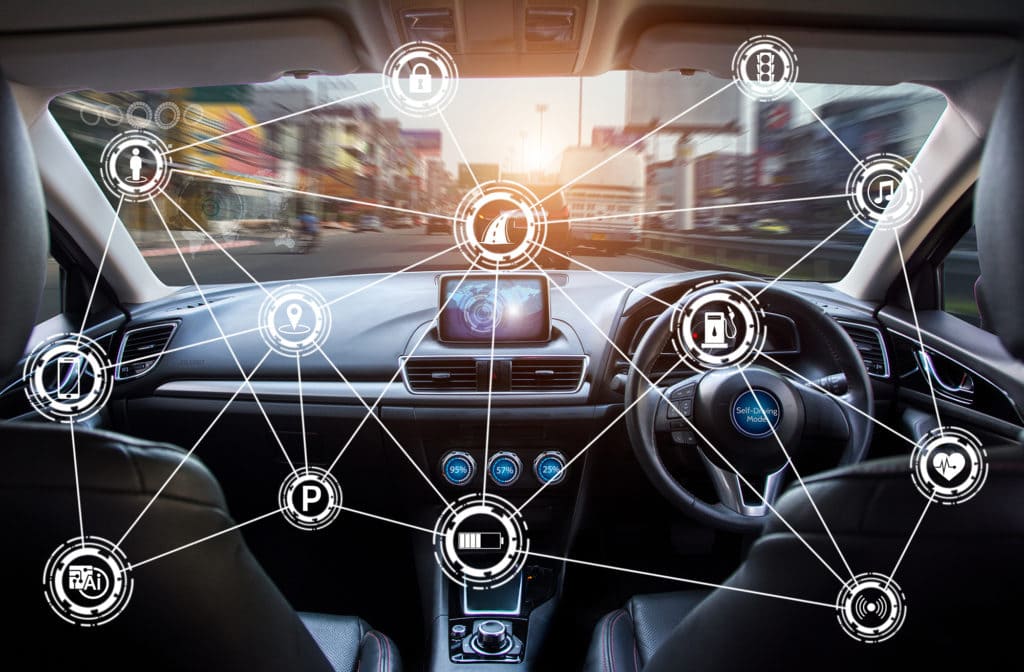
The appropriate hardware for every application
Looking at these 3 categories, it quickly becomes clear that they are intended for completely different applications. Monitoring the cold chain of vegetables with 5G URLLC overshoot the mark. Costs and benefits are out of proportion. It will be sufficient to measure the values every 5 to 10 minutes. If everything is normal and no critical temperature is reached, the values are transferred to the server every hour. Even if it comes to a few minutes delay, this is not a problem. If a critical temperature is reached, send an alarm immediately. Even in the event of an alarm, delays of up to a few minutes are acceptable. After all, a temperature curve does not change so rapidly.
Since for each of the three 5G categories a different hardware is required, it is relevant to consider in advance exactly which requirements the application has. Think of fire detectors that are equipped with 5G. In this application, mMTC is used because only a small amount of data is sent. The final price of the smart fire detector must be low and the quantities are very high.
In contrast to the fire detector is the autonomously driving car with URLLC. Super-fast transmission and high computing power are required. Communication must be reliable and secure. The consequences of a too slow or not functioning connection could be devastating. Looking at these two examples, it quickly becomes clear that such a balancing act between enormously high computing power, availability and simultaneously low unit costs of thousands of devices it not possible. For this reason, each category requires its own hardware that exactly meet the requirements and represents the perfect match between costs and benefits.
5G and IoT
A large number of Internet of Things applications such as consumption meters will take place in the mMTC area. The first applications are already in trial operations in the field.
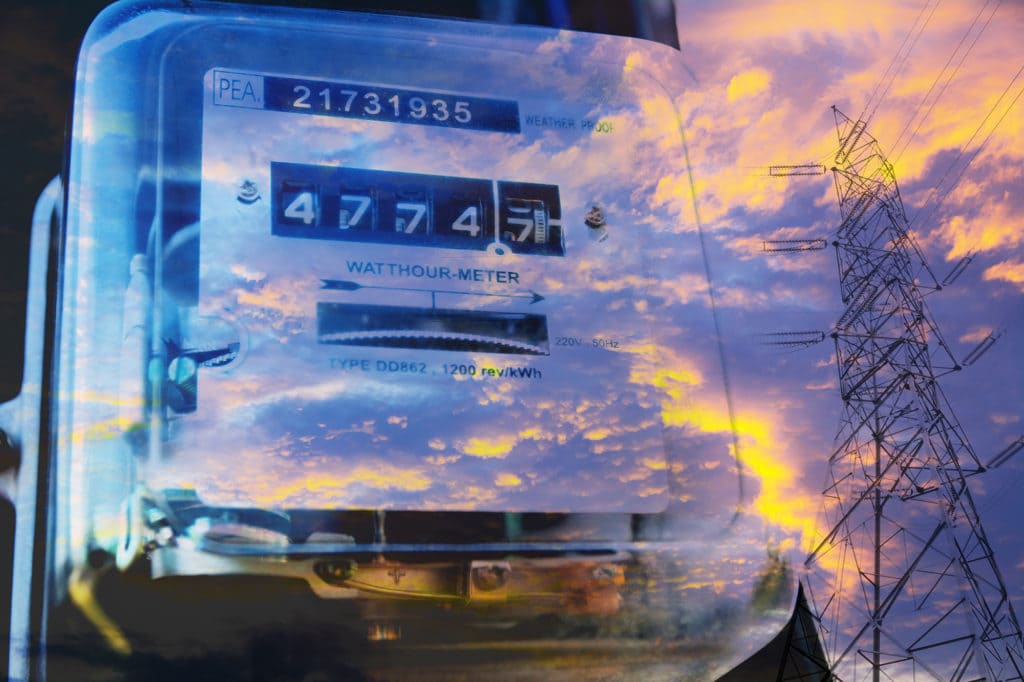
If an application with the limited band width of mMTC is not sufficient, eMBB can be used. This category is currently the most developed. eMBB is already available in the first smartphones. Since some of the currently installed 5G test transmitters only have eMBB and the required hardware is available much faster and easier, possible mMTC use cases are currently being implemented for test operation via eMBB.
The URLLC area is very exciting for safety-critical applications or applications that require highly reliable communication. The potentials and possibilities to use URLLC for Internet of Things applications are manifold, although they are currently still in the conception phase.
The technology and developments around 5G are progressing. Microtronics not only has this in mind, but has also gained experience with the first use cases.
You want to realize an Internet of Things application with 5G? Then visit Microtronics for a free IoT coffee! Tell us about your idea and together we will find out how innovative technologies can be used to make your application a reality.
